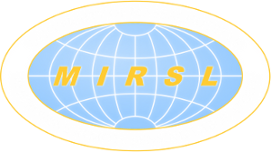MIRSL to help develop NSF's next-generation airborne radar
Submitted by mirsladmin on Thu, 06/01/2023 - 10:36

The APAR will improve on existing radar by allowing scientists to sample the atmosphere at higher spatial resolution and probe more deeply into storms, ultimately painting a more detailed picture of storm dynamics and microphysics. APAR will also be an extremely flexible platform. Its agile scanning capability can switch radar beam directions almost instantaneously, allowing scientists to scan the atmosphere in any direction, a contrast to traditional fixed-direction airborne scanning radars.
